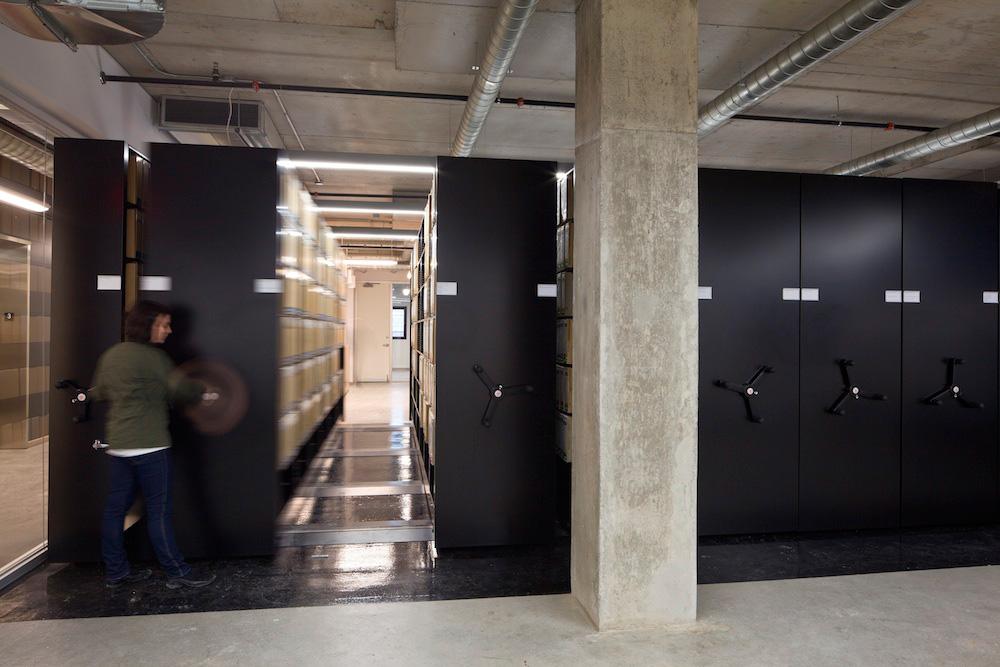Since the early 1980s, Montreal’s Artexte has been a ground zero for the printed word in Canadian contemporary art. Now, on the heels of a move to an expanded location in the Art actuel 2–22 building on rue Sainte-Catherine, it launches a new foray into digital space with e-Artexte, an open-access database, research platform and online repository for publications on contemporary art.
“The scope of e-Artexte corresponds to Artexte’s mandate to document contemporary art from 1965 to the present,” writes artist and Artexte information specialist John Latour by email from Montreal. “Everyone is welcome to consult our physical collection and this is also true for e-Artexte. Anyone with an Internet connection will be able to download and share the digital documents that are found in this resource.”
Building on Artexte’s expansive in-house collection of artist monographs, periodicals, exhibition catalogues, institutional files, artists’ books and sound works, the site will allow institutional users (for a standing annual fee), authors and artists (free of charge) to self-archive print publications and related images and audio-visual files with the option to make that material available for download through Creative Commons licenses.
The cumulative strategy augments Artexte’s hard-copy library holdings with an ever-expanding, user-generated digital catalogue of both new and archival materials.
Citing peer-driven university databases for academic papers as well as institutional models such as the Metropolitan Museum of Art’s online exhibition-catalogue archive, for Latour, e-Artexte’s emphasis on open access boils down to common sense and a grasp of the future in art publishing.
“Making research free to download (open access) and free to share (through Creative Commons licensing) is an interesting option for people who want to have their work circulate,” he writes. “The removal of barriers to access your work encourages people to consult it and cite it. The public gains access to information that they might not have been able to have due to restrictive user fees, and can share this information through the Internet. I think the more a publication circulates, the more research value it gains.”
“It’s only in recent years,” Latour continues, “that the visual arts have caught on to the benefits of open access, but imagine that you work at a museum, artist-run centre or art gallery that normally produces anywhere from 100 to 1,000 paper copies of your catalogues per exhibition. By providing a free, online version of the same work through the Internet, you can instantly reach anyone, anywhere in the world who has an Internet connection. If you are a researcher, and you knew you could reproduce an artwork in a publication or project an image of it in a presentation—without paying fees or having to track down the copyright holder to ask their permission—wouldn’t this encourage you to use it?”
A round-table program of talks by the Université de Montréal’s Jean-Claude Guédon, Concordia University’s Darren Wershler and e-Artexte managers Latour and Corina MacDonald marks the official launch of e-Artexte this Saturday.









